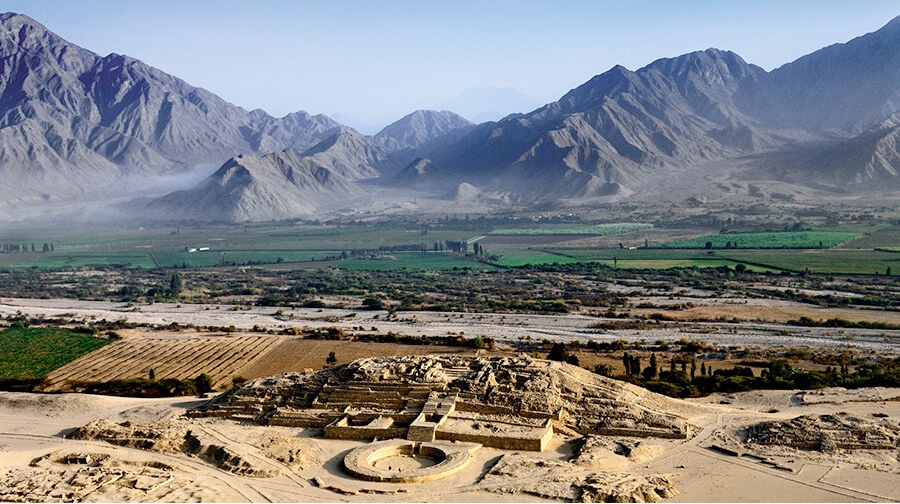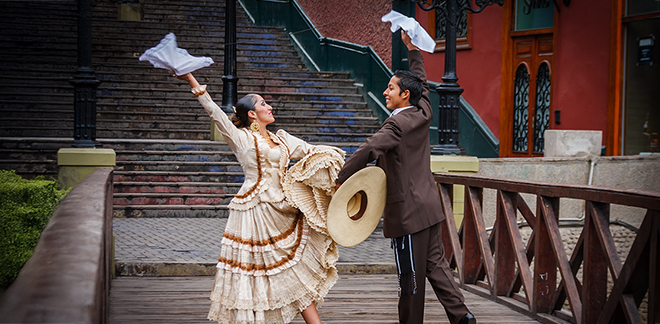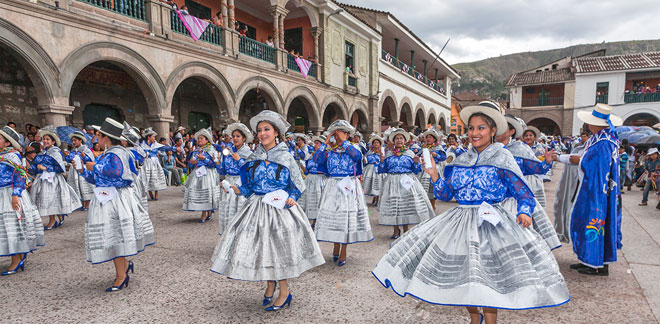Peru, cradle of the oldest civilizations
Síguenos en:Google News
In mid 2017, the scientific journal Science Advances published the results of a study (conducted between 2007 and 2013) that revealed that the first Andean civilizations appeared earlier than originally estimated. These civilizations were highly developed and culturally complex. Several artifacts found in Huaca Prieta (Ascope, La Libertad) were analyzed by scientists and researchers from U.S. universities, and confirming that they were 8,000 to 15,000 years old.
According to archaeologist James M. Adovasio, from the Florida Atlantic University, finding stone tools, ornamental baskets and textiles, as well as food waste at Huaca Prieta, "really raise questions about the pace of the development of early humans in that region and their level of knowledge and the technology they used to exploit resources from both the land and the sea."
Is it possible that our country is the cradle of the first civilizations? It is something that only time and the next discoveries will finally establish. However, one thing is clear: Peru was home to great civilizations, including the oldest on the continent, Caral.
The oldest in America
Caral has been located In the province of Barranca, in the middle of the Supe valley, for more than 5 thousand years: the oldest civilization in America known until now. Built strategically on a terrace that protected it from possible natural disasters, this city developed along with cultures such as Mesopotamia, India, Egypt and China.
Its inhabitants were reliant on fishing and agriculture. They developed quite innovative techniques for the time, such as irrigation channels for agricultural production; the production of clothes and utensils; as well as the planning of weather calendars. They also made weapons so it is believed that they had an army in case they had to fight.
In 2009, the Sacred City of Caral was declared a World Heritage Site in Peru, due to its universal value and remarkable architecture, featuring six pyramids, buildings built with stones and wood from dead trees; and its enigmatic circular squares.
The magical Kotosh
After Caral, other pre-Columbian civilizations developed; this being the case of Kotosh, located about 3 miles from the city of Huánuco, near the Higueras River, a tributary of the Huallaga River.
The archaeological site of Kotosh, nearly 4,000 years old, houses the Temple of the Crossed Hands, which owes its name to the two sculptures of arms found, made from fired clay, and that must have been the representation of some religious ritual or a symbol of protection against enemies. It measures 31 feet long by 30 feet wide, with a fireplace and a ventilation duct in the centre.
Kotosh is considered to be the oldest religious movement in Peru, due to the forms of its temples and buildings, dedicated to ceremonial or religious activities. No houses have been found around the archaeological site either, so it is believed that it was a sacred place or used for pilgrimage.
Impressive Chavín
Chavín, considered to be "the mother civilization of the Andes" by its discoverer, the Peruvian archaeologist Julio C. Tello, developed on the coast and in the Andes of Peru, extending over 600 miles (from present-day Chiclayo to Ica).
The beginnings of this civilization date from 1200 BC to 200 BC Their main administrative and worship center was the Chavín de Huantar Site. This archaeological site, located in Huaraz, houses large sculptures such as the Carved Heads, the Lanzón Monolith and the Tello Obelisk.
According to many historians the Chavín civilization was polytheistic. They worshipped snakes with hair and long fangs; food was also represented by the caiman and the underworld by an anaconda.
Mysterious Nasca
From 200 BC to about 650 AD, the Nascas inhabited the southern coast of Peru, the Rio Grande basin to be precise.
The Nascas were characterized by their knowledge of hydraulic engineering; as well as their skill in fishing, agriculture and commerce; they managed to make the desert zone in which they developed provide them with the necessary fruits to survive.
This civilization left a great mystery: the Nasca lines, enormous geoglyphs from 165 to 985 feet long and that can only be seen from the air. According to German archaeologist Maria Reiche, the Nasca lines were used as a solar and lunar calendar to predict better harvest stages.
Sources: Peru21/ somosperu.org / Telesur TV / arqueologiadelperu.com / Notimérica








